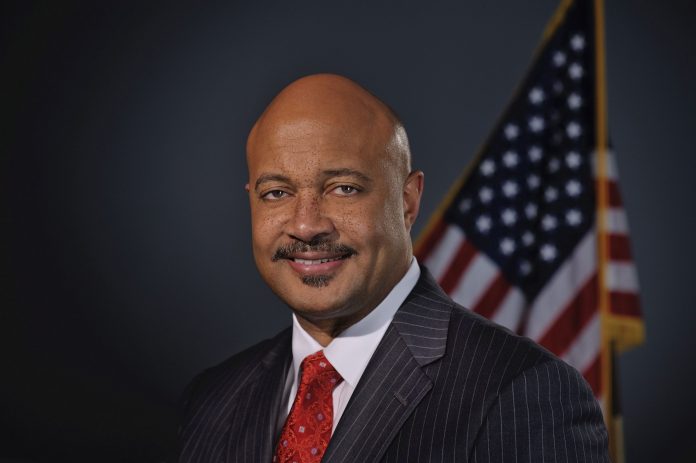Nov. 19 Virtual “Caregivers Thanksgiving†Event with Emmy-Winning Chef Andrew Zimmern to Offer Demo, Caregiving Resources and Cooking Tips
Across the country, 48 million caregivers have faithfully cared for loved ones through the COVID-19 pandemic, taking on more responsibilities and stress. But as this year of uncertainty comes to a close, more than half (53%) of family caregivers report feeling sadder about the holiday season, according to “COVID-19 Impact on Family Caregivers’ Holiday Plans,†a just-released survey conducted by AARP.
According to the research, the pandemic is taking a significant toll on caregivers with the health crisis impacting not only their holiday plans, but more urgently, their own wellbeing. Nearly half of surveyed caregivers (44%) say COVID-19 has had a negative impact on their mental health and that of the person they care for (46%), and nearly two-thirds (64%) say they’re concerned about the future.
The survey also found:
- Most caregivers are experiencing increased negative emotions as a result of the pandemic:
- Worry (60%)
- Stress (59%)
- Anxiety (55%)
- The pandemic’s stressors are affecting some disproportionately, with female caregivers (51%) and those aged 50+ (54%) reporting a negative impact on their mental health more than their male counterparts (32%) and those aged 18-49 (33%).
While the holidays are often an opportunity for caregivers to take a break and visit their loved ones, 2020 will look different. Already having spent much of this year in isolation, many caregivers will not reunite with family in person to celebrate the season, with three-quarters (76%) of caregivers reporting they feel holiday gatherings lend themselves to virus exposure. Most caregivers (64%) report they’ll make changes to their typical holiday traditions this year, and only a third (33%) plan to travel this holiday season.
Showing Gratitude and Support to Caregivers This Thanksgiving
To honor caregivers and observe National Family Caregivers Month, AARP will host a special live event, entitled “AARP Presents: A Caregivers Thanksgiving,†on Thursday, Nov. 19 at 7 p.m. ET.
This interactive virtual event will feature Emmy- and James Beard Award-winning chef Andrew Zimmern, who will share three easy holiday recipes and his advice for celebrating the holidays differently this year. The event will also feature AARP Board Chair Annette Franqui, who will provide tips on support available for family caregivers during the pandemic.
“I’m inspired by AARP’s advocacy for caregivers because I know firsthand how tough the job is — I’ve been one myself, and have grown close to those we’ve been lucky enough to hire in our family,†said Chef Andrew Zimmern. “Knowing the holidays may be difficult for caregivers this year, I’m excited to share simple ways to prepare, eat well and create memories — no matter how or where you’re celebrating.â€
“Even through the challenges faced this year, family caregivers have continued to provide care and support for older or sick loved ones whether they are near or far away,†said AARP Board Chair Annette Franqui. “Through our Caregivers Thanksgiving event, we hope to provide caregivers with the fun respite and support they so deserve and show how much we care about and appreciate them!â€
AARP invites everyone to join the event and celebrate the caregivers in their lives. The free virtual event will be aired on November 19 from 7 to 8 p.m. ET on the following channels:
- Dial-in: (855) 274-9507
- Facebook Live: www.facebook.com/AARPPrograms
- AARP Website: www.aarp.org/coronavirus
Please visit the AARP Caregivers Resource Center at AARP.org/caregiving for a wealth of resources for professional and unpaid caregivers.
Survey Methodology
- Funded by AARP. Online survey of 1,000 caregivers in the U.S. aged 18 or older who are currently providing unpaid care to an adult relative or friend.
- Fielded from October 9-14, 2020 by Dynata and weighted by age and gender to reflect national population estimates for caregivers age 18+.
- The study was designed to explore how the coronavirus pandemic has impacted caregivers’ mental health and their plans for the holiday season. ​









